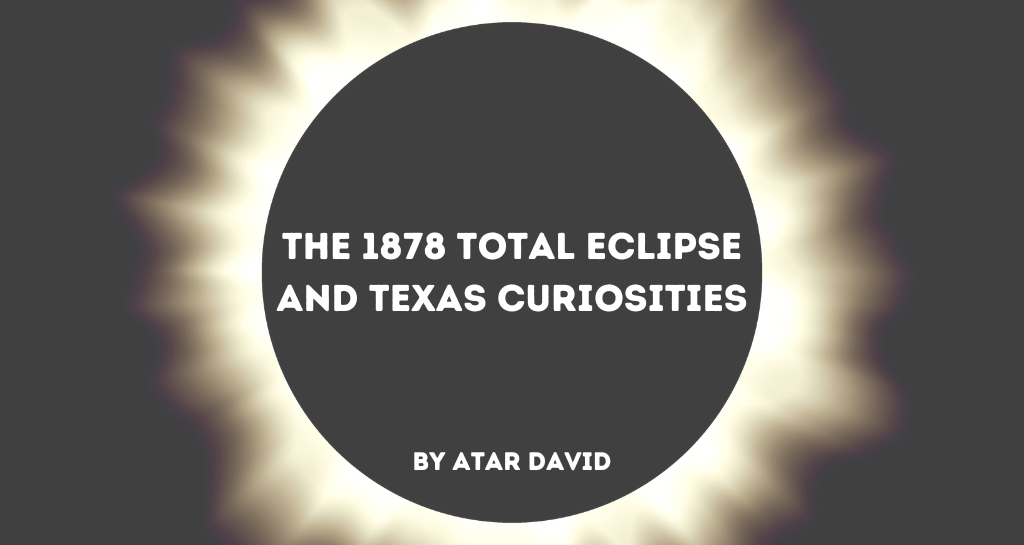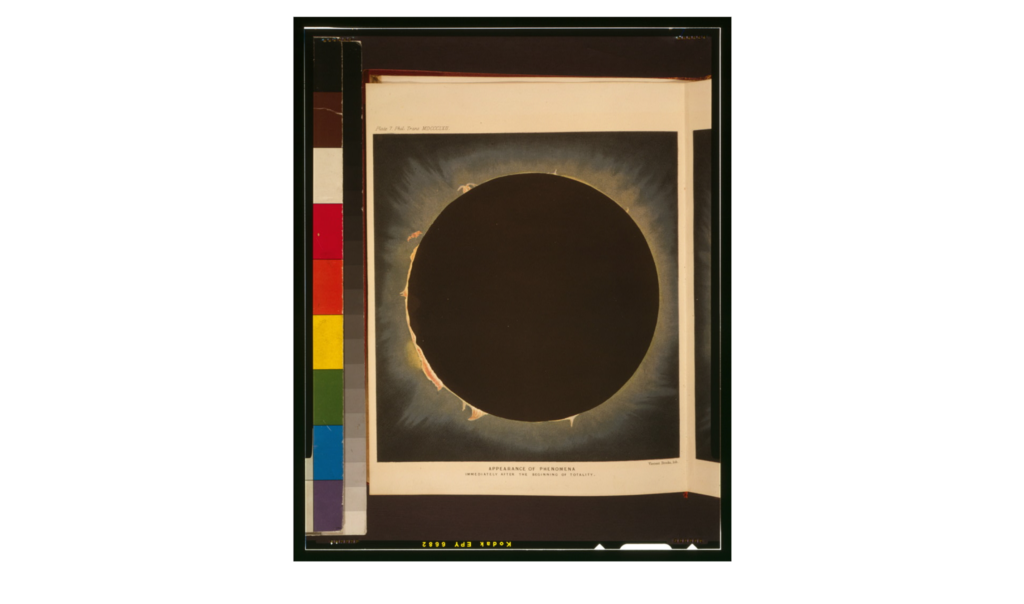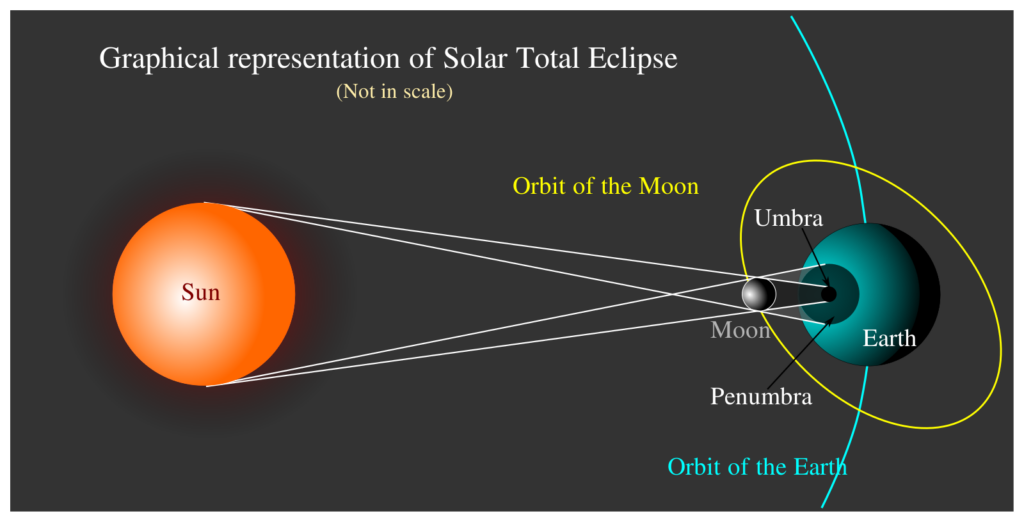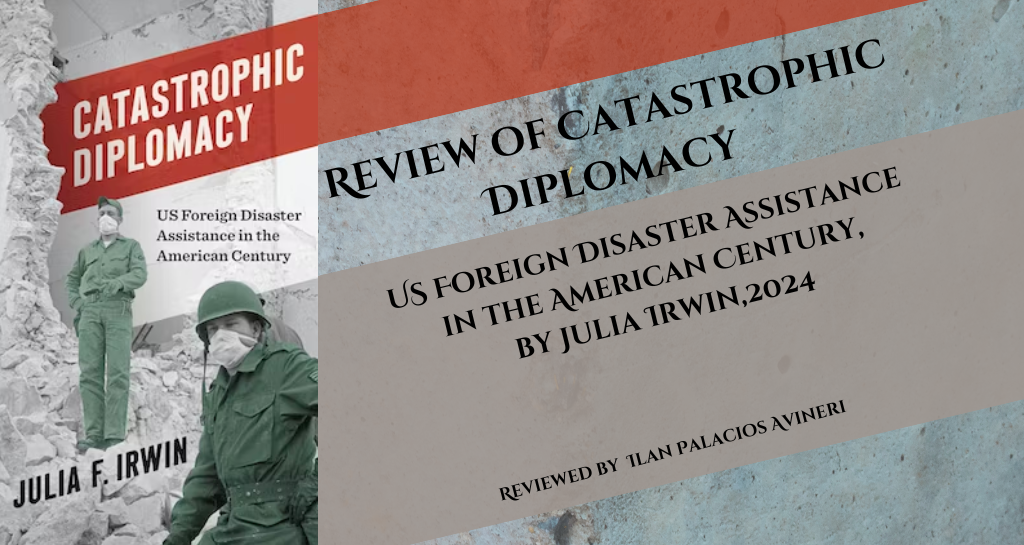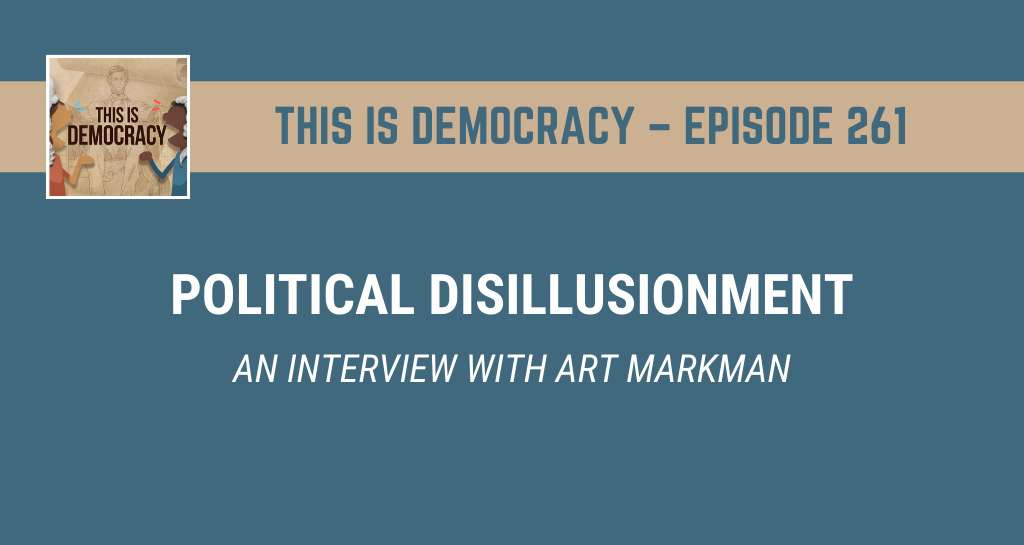
In this episode of This is Democracy, Jeremi and Zachary are joined by Dr. Art Markman to discuss the growing epidemic of political disillusionment and despair in modern society and what can be done about it.
Zachary sets the scene with his poem entitled “A Pessimist’s Apocalypse”
Dr. Art Markman is the Annabel Irion Worsham Centennial Professor of Psychology and Marketing at the University of Texas at Austin. He is also Vice Provost for Academic Affairs at The University of Texas. Dr. Markman has published more than 150 scholarly works about cognitive science, decision-making and organizational behavior. Dr. Markman has written several books, including Smart Thinking, Smart Change, and Bring Your Brain to Work. Dr. Markman also co-hosts “Two Guys on Your Head,” a radio show and podcast on KUT public radio, where he and Dr. Bob Duke explore the human mind with a unique mix of research, humor, and everyday relevance.





